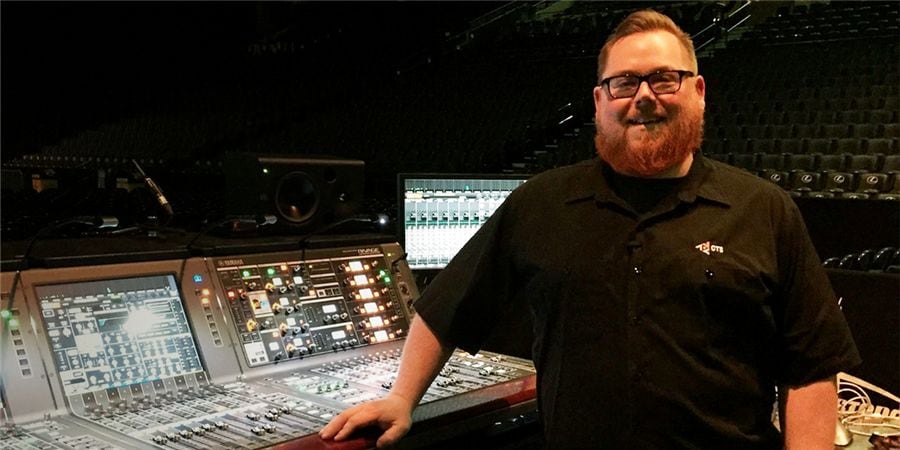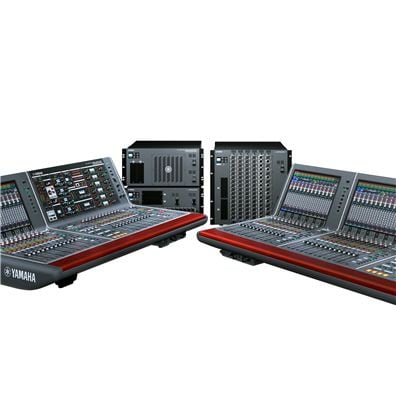CTS Takes Yamaha RIVAGE PM10 Up Front and Center With Wallflowers

CTS Audio of Brentwood, Tenn. has taken delivery of its first Yamaha RIVAGE PM10, adding to its already healthy stable of Yamaha digital consoles.
CTS Audio of Brentwood, Tenn. has taken delivery of its first Yamaha RIVAGE PM10, adding to its already healthy stable of Yamaha digital consoles. “We were an early adopter of the PM1D and never had a serious issue with any of the Yamaha platforms, states Mike Taylor, Vice President, CTS. From a reliability standpoint, we’ve had nothing but customer success with our Yamaha consoles. Once we saw the RIVAGE system, we knew that this console was next in line to dominate the market like the PM1D. It felt like a throwback to analog. We really enjoy seeing a large format desk that feels like a large format desk.”
Taylor said that reliability is the most important feature from his seat in sales. “I never get a call that a Yamaha desk stopped working in a show. That is a comfortable feeling when my head hits the pillow at night. The other side is that the new console has such good onboard processing, built in effects, and Rupert Neve Designs legacy products, the need for external support pieces are not required.”
CTS staff had private training sessions on the PM10, as well as at tradeshows, and in house. “Once we received the console in house, all ten of our staff engineers were involved in extensive training on the new platform, Taylor says. The best part is that if you are familiar with any of the Yamaha legacy products, the learning curve on the new desk is minimal.”
CTS Chief Engineer, Jon Schwarz, shares his recent experience using the flagship console at the Bridgestone Arena in Nashville while mixing front of house for the Wallflowers. “Pivotal to this console is the Rupert Neve Designs transformers which I have been able to get into, Schwarz notes. The transformer emulation really smoothes things on condensers for overhead cymbals, AC30 guitars really have a bark and bite to them, and the ability to create a lot of analog warmth.”
Other PM10 features Schwarz points out are the onboard EQs and having two stereo busses. “Sonically, the onboard EQs give you a lot of soundscapes like aggressive EQ on drums and a smooth EQ for vocals that are very transparent and natural. Having two stereo busses on the PM10 is really fantastic; I route the entire band to stereo A where I use a Rupert Neve Designs buss compressor, and then route all vocals to stereo B where I have a dynamic EQ and can pocket the mid-range of the vocals while keeping them right on top of the band. I then route them to the matrix to feed the PA; a feature I’ve looked for a long time in a console. Yamaha has brought excellence to the table with this console.”


